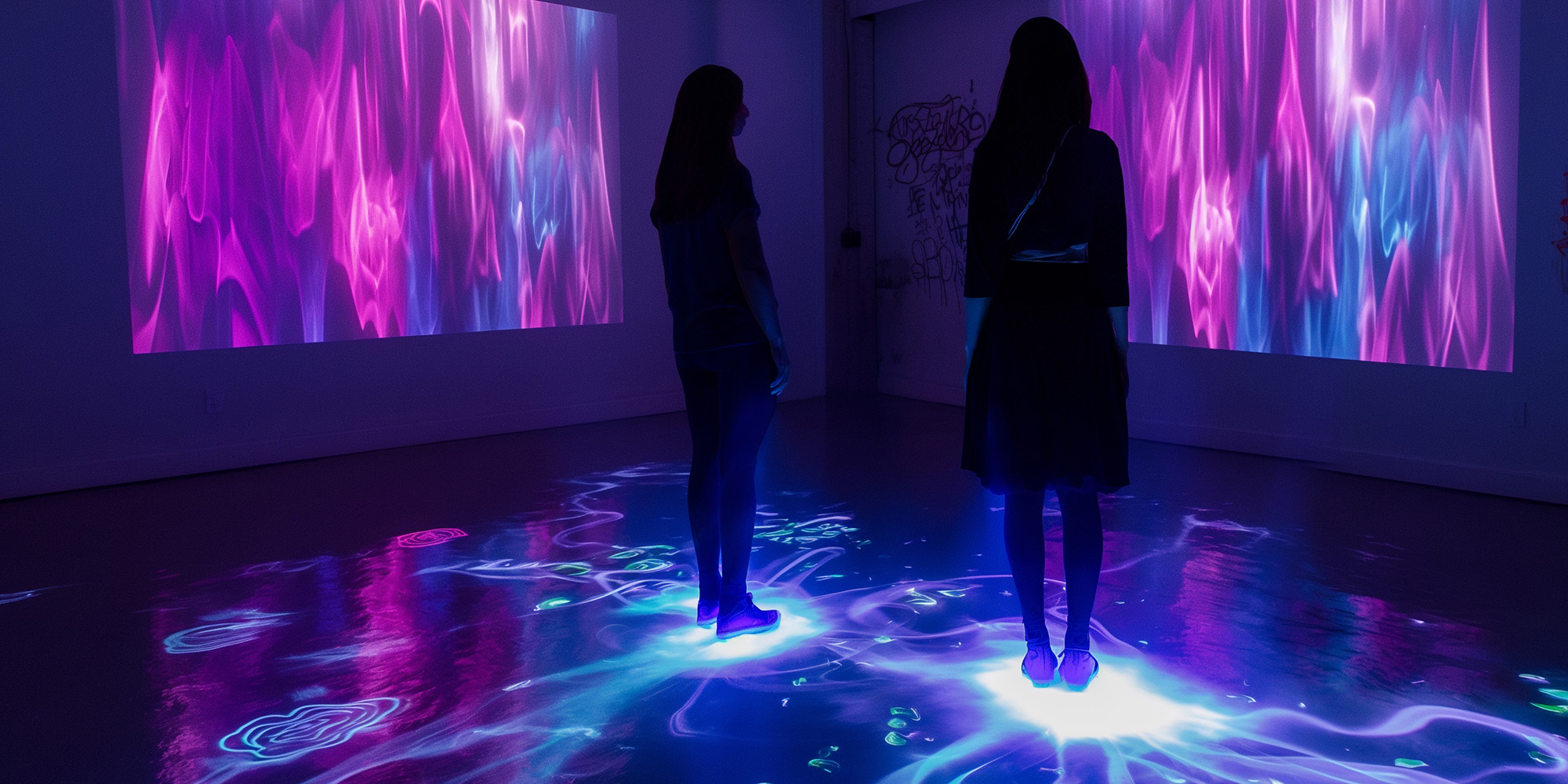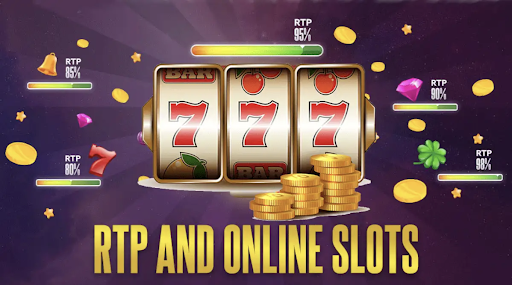In recent years, immersive event production has shifted from being a niche trend to a mainstream expectation. Audiences no longer want to simply watch or listen—they want to feel part of the story. Whether it’s a product launch, art installation, music festival, or corporate gathering, immersive events are redefining how people interact with brands, performances, and each other.
What Is Immersive Event Production?
Immersive event production is the art and science of creating experiences that fully engage attendees’ senses—sight, sound, touch, and sometimes even smell or taste—to transport them into a different world. It’s about blurring the line between the audience and the event itself. This approach combines creative storytelling, cutting-edge technology, and spatial design to make attendees active participants rather than passive observers.
The Core Elements of Immersive Event Production
1. Storytelling as the Foundation
Every immersive event begins with a strong narrative. The storyline serves as a roadmap, guiding every design and technical decision. Without a clear story, even the most spectacular visuals or audio can feel disconnected.
2. Multi-Sensory Design
Lighting, soundscapes, textures, and scents work together to create an environment that feels authentic. For example, a rainforest-themed event might include ambient jungle sounds, subtle misting systems, and earthy scents to enhance realism.
3. Technology Integration
Advanced technologies like projection mapping, augmented reality (AR), virtual reality (VR), and interactive displays can deepen engagement. These tools allow spaces to transform in real-time and respond to audience actions.
4. Spatial Flow
The layout of an immersive event is carefully planned to control the pace and mood. Guests might move through a series of interactive zones, each revealing a new chapter in the narrative.
Why Immersive Event Production Is Growing
Several factors are fueling the rise of immersive event production:
- Experience Economy: People increasingly value unique, shareable experiences over material possessions.
- Technological Advancements: Affordable access to high-quality projection, VR, and interactive tech has expanded creative possibilities.
- Audience Expectations: With so much competition for attention, standard events risk feeling flat. Immersion keeps audiences engaged longer.
Types of Immersive Events
- Themed Installations – Art exhibitions or seasonal experiences where visitors are surrounded by thematic visuals and sounds.
- Corporate Events – Product launches and conferences that integrate interactive demonstrations and branded storytelling.
- Festivals and Concerts – Stages that respond to audience movement, or environments designed to match the rhythm of the music.
- Pop-Up Experiences – Short-term venues designed to surprise and delight attendees with a fully developed concept.
The Role of Audience Participation
One of the defining aspects of immersive event production is interactivity. Audiences might be invited to make choices that influence the story, manipulate visual effects through movement, or directly interact with performers. This creates a sense of ownership and personal connection to the event.
Challenges in Immersive Event Production
While the results can be spectacular, producing an immersive event comes with challenges:
- High Production Costs: The combination of technology, custom design, and detailed planning requires significant investment.
- Technical Complexity: Coordinating multiple interactive systems demands expertise and contingency planning.
- Audience Diversity: Not all guests respond to sensory intensity in the same way—design must balance engagement with comfort.
The Future of Immersive Events
As technology continues to evolve, immersive event production will likely become even more personalized. AI-driven experiences could adapt in real-time to audience behavior, while innovations in haptics and scent delivery may further deepen immersion. Sustainability will also play a larger role, with eco-conscious materials and energy-efficient systems shaping design choices.
Conclusion
Immersive event production is not just about dazzling visuals—it’s about crafting a journey where attendees feel they are part of something bigger. By merging storytelling, sensory design, and interactive technology, these events create memories that linger long after the lights fade. As audiences continue to crave deeper connections and richer experiences, immersive event production is set to remain at the forefront of modern experiential design.









